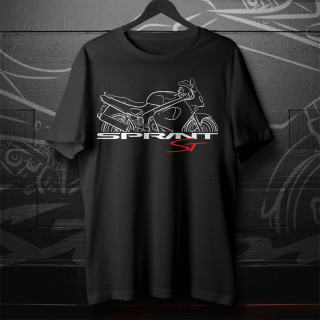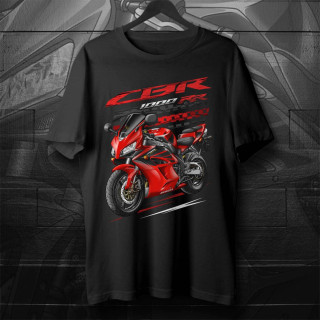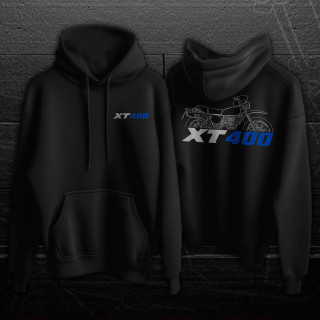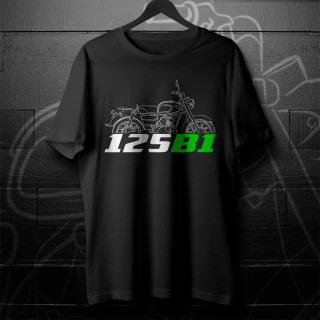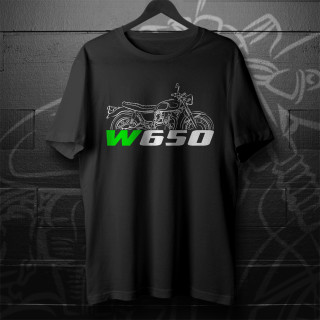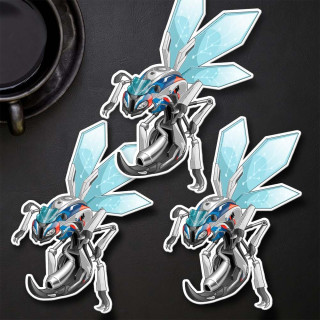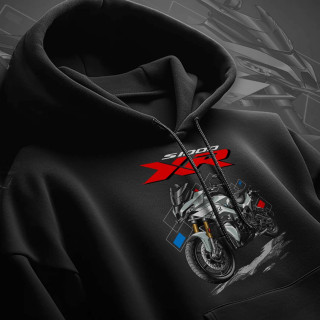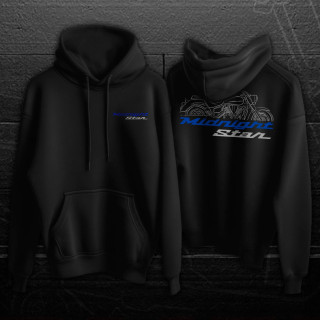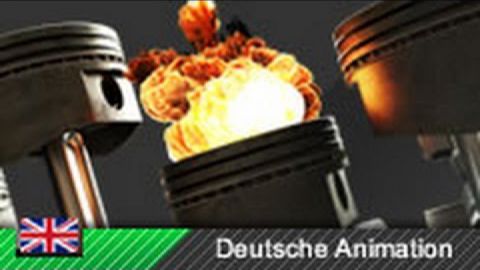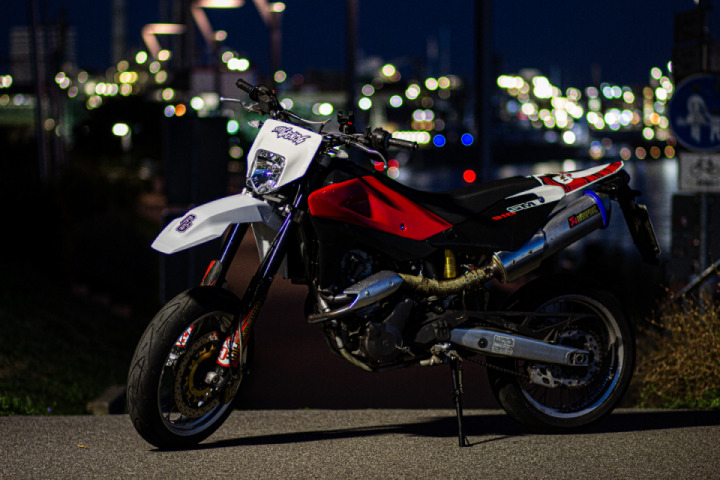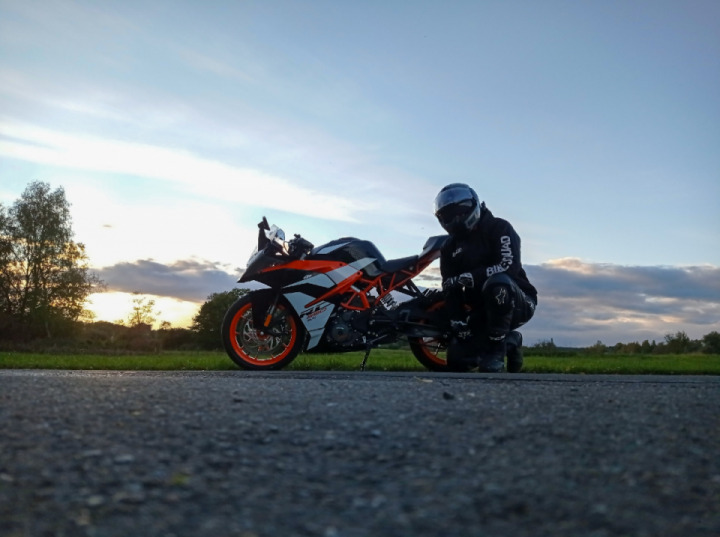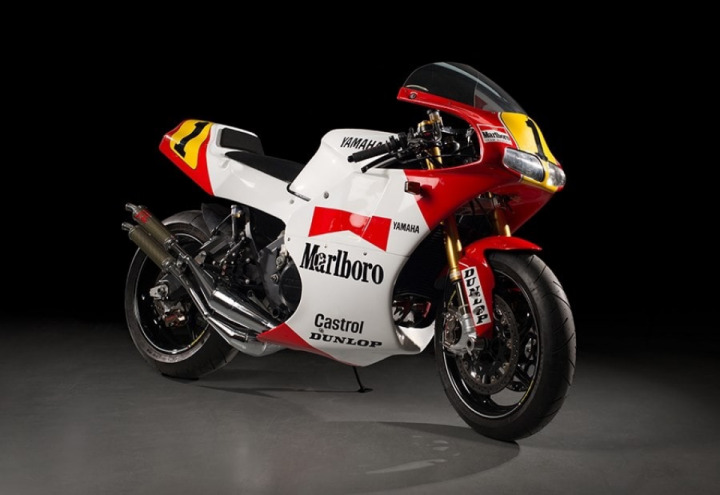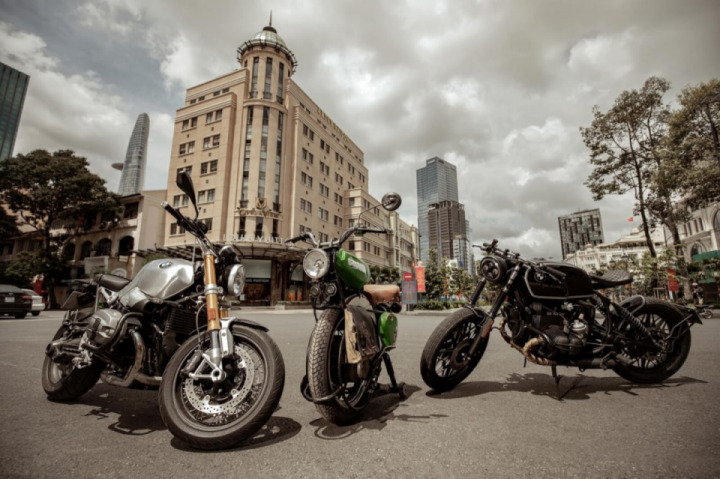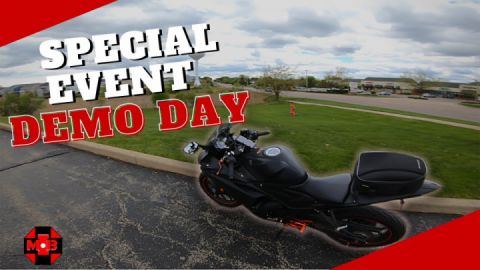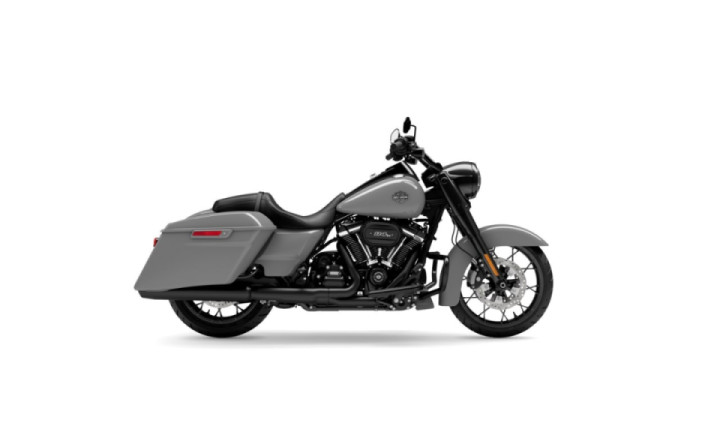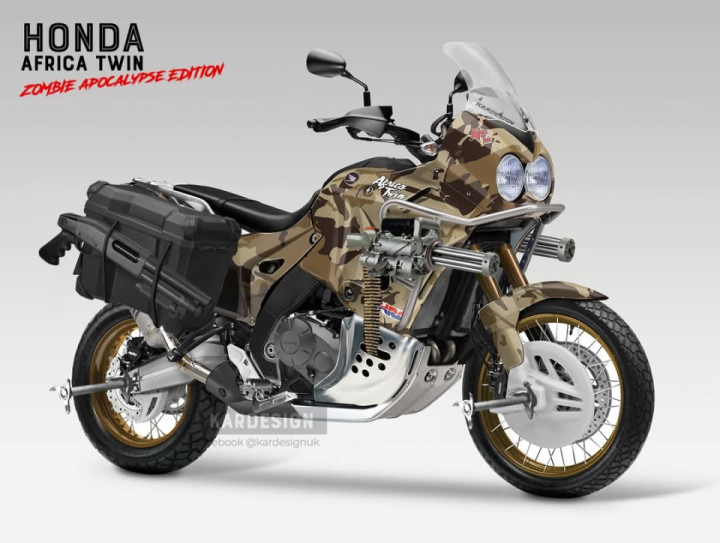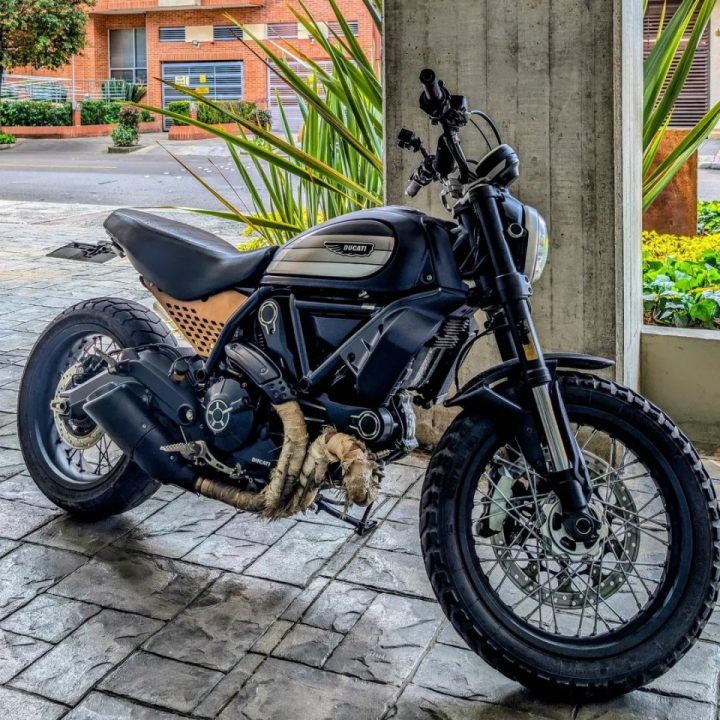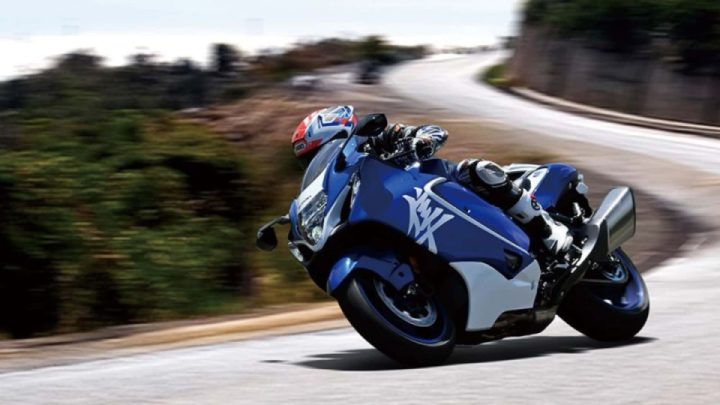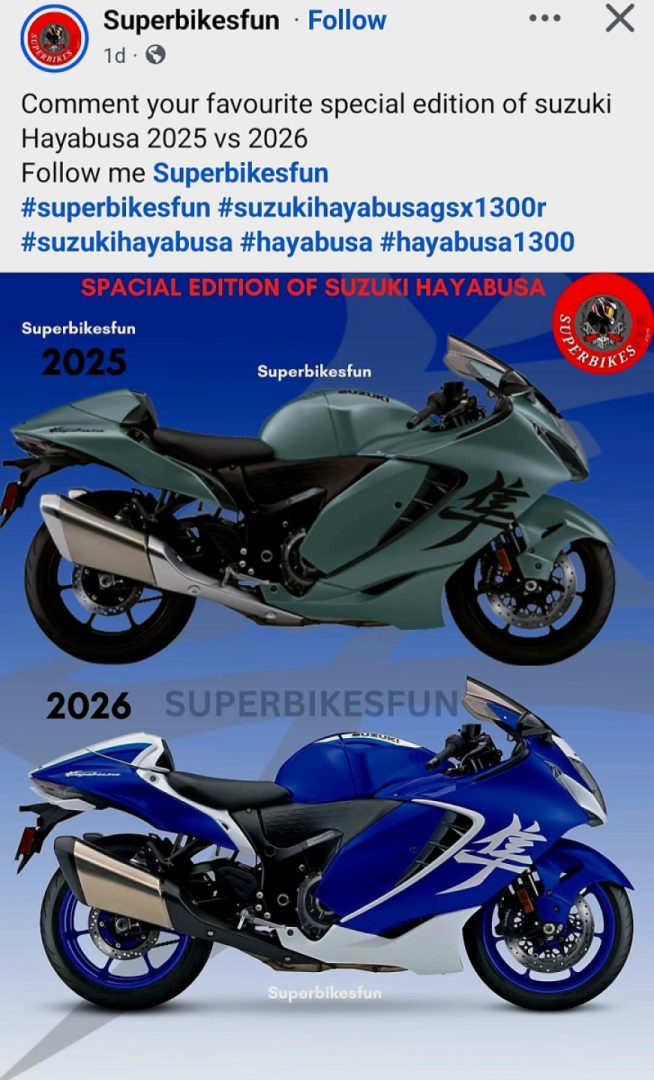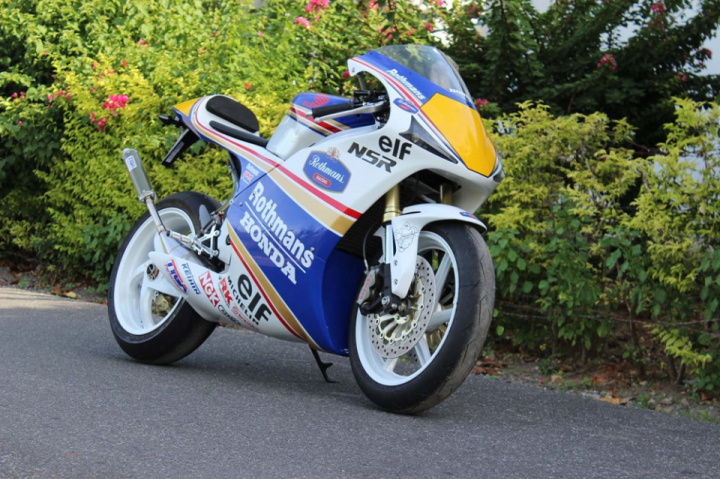Two-stroke technology is not a focus for many manufacturers nowadays, leaving enthusiasts to scour through eBay in search of RD/RG 500s for modifications. However, for the owner of this Norick Abe-inspired YZR500, named Simon, the lack of availability did not deter him from creating his dream machine. He transformed a 1984 RD 500 into a stunning retro-cool machine, taking inspiration from the 1996 YZR.
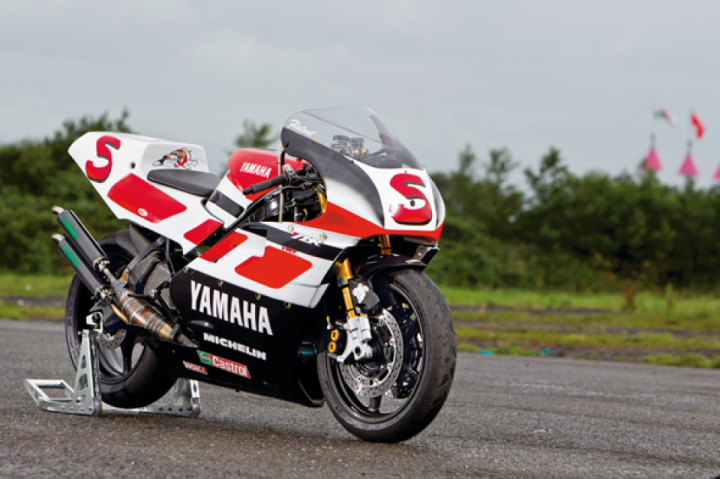
Although this is not Abe's full-factory GP bike, the RD500 was the closest thing that the public could get to a GP bike in the past. The seven-year-long journey of building this beauty cost Simon around £25,000. He started with an ally RZV500 frame and made several attempts at suspension and swingarms. He then matched the forks, with corresponding brakes, to some ex-Simon Crafar triple clamps. Simon sourced a Wayne Rainey self-supporting, carbon fibre seat unit, and Norick Abe’s fairings to complete the bike's external look.
Simon is a true 'write the theme tune, sing the theme tune' kind of guy, with nearly all of the work done by himself. However, despite the polished external appearance, there is only so much one can do with a 30-year-old engine and necessary wiring. Therefore, anything under the tank was out of bounds for the camera to protect its modesty.
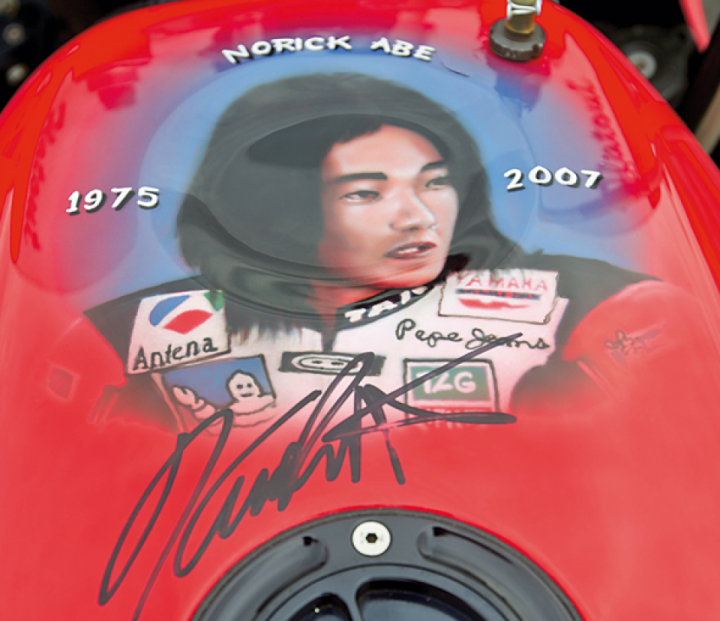
A standard bike should make around 75bhp, but after the legendary two-stroke fiddler Terry Sheppard's tune, Simon's RD was making a whopping 110bhp at the back wheel. A fully programmable Zeeltronic ignition was added for adjustability and a bigger spark. Simon also replaced the wet clutch with a dry unit based on a 996.
The bike feels perfectly neutral in its stance, and the riding position is uncomfortable due to its tiny size. However, it screams corner speed assassin by just gripping the bars. The carbs have safe main jets fitted, but the V4 still runs beautifully, crisply pulling with usable torque on initial throttle and gradually building as the YPVS system crackles and stutters the delivery. At around 6,000rpm, it feels broken, which would be unacceptable by today's tech standards.
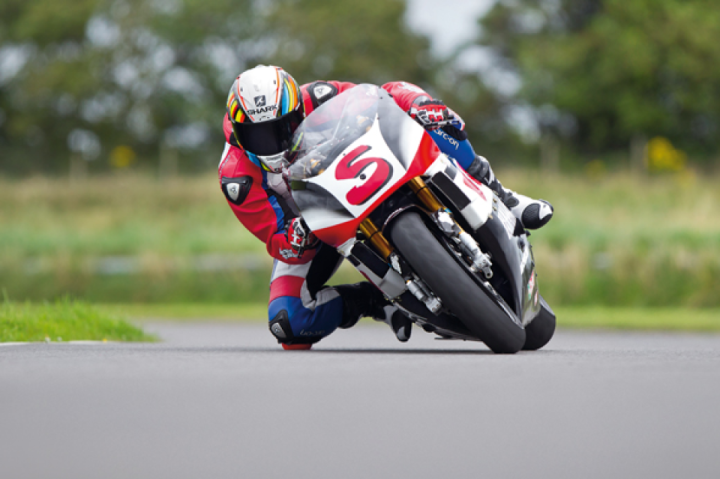
The sensation of a two-stroke's throttle picking up again after an upshift, as the Mikuni flatslides gasp for another breath of oxygen, is unmatched. The thing buzzes, vibrates, and exudes strange oscillations through the seat like a four-stroke could only dream of, tingling the rider's crown jewels royally. However, it takes a while to figure out how to ride the bike properly, as it feels completely unique.
The R6 fork sucks up all the weight transfer and pitching as the rear remains fairly static, while a carbon fibre front wheel lightens the load. A carbon rear was ditched after the arse-end became too lively. The Nitron shock can be forgiven, considering that the 2006 swingarm and wheel from an R6 were never meant to be mated to a 1984 frame. The RD500's shock mounting is a prehistoric monocoque, sat horizontally under the engine and using the crankcase as a mounting point.
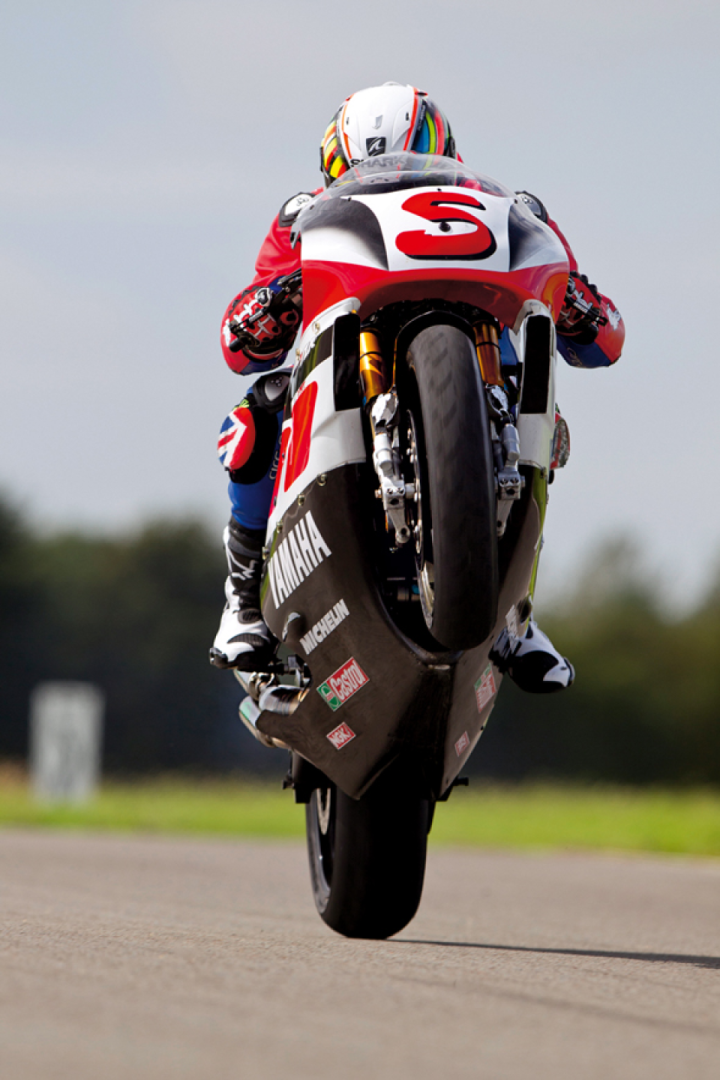
The two ends add up to around 148kg, with 110 raging horses inside it, giving an idea of the bike's brutality. It feels like a well set-up modern 250GP bike, with similar weight, power, and geometry, all rolled into a very special home-brewed cocktail. Simon runs a bike shop in Wales just over the Severn Bridge, which also handily has.
#Race #Motosport #Sportbike #Bike



